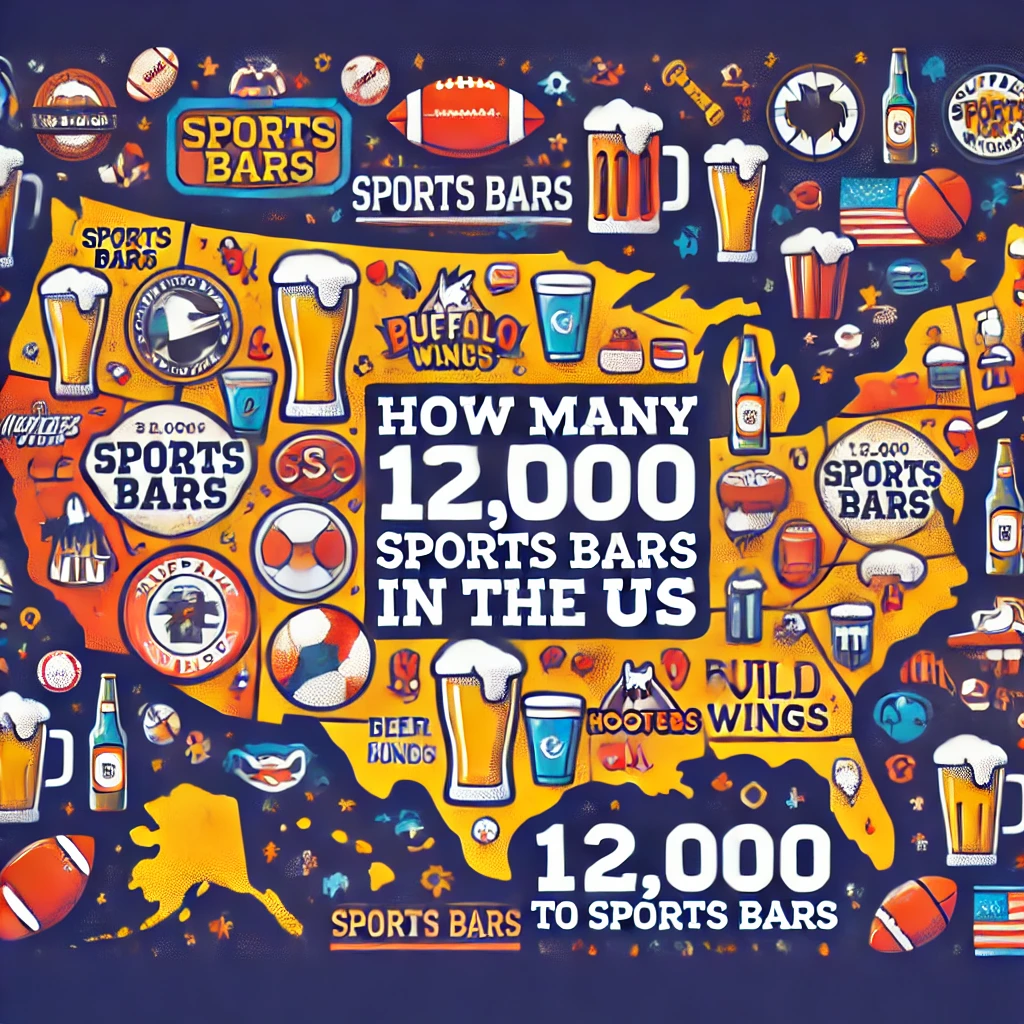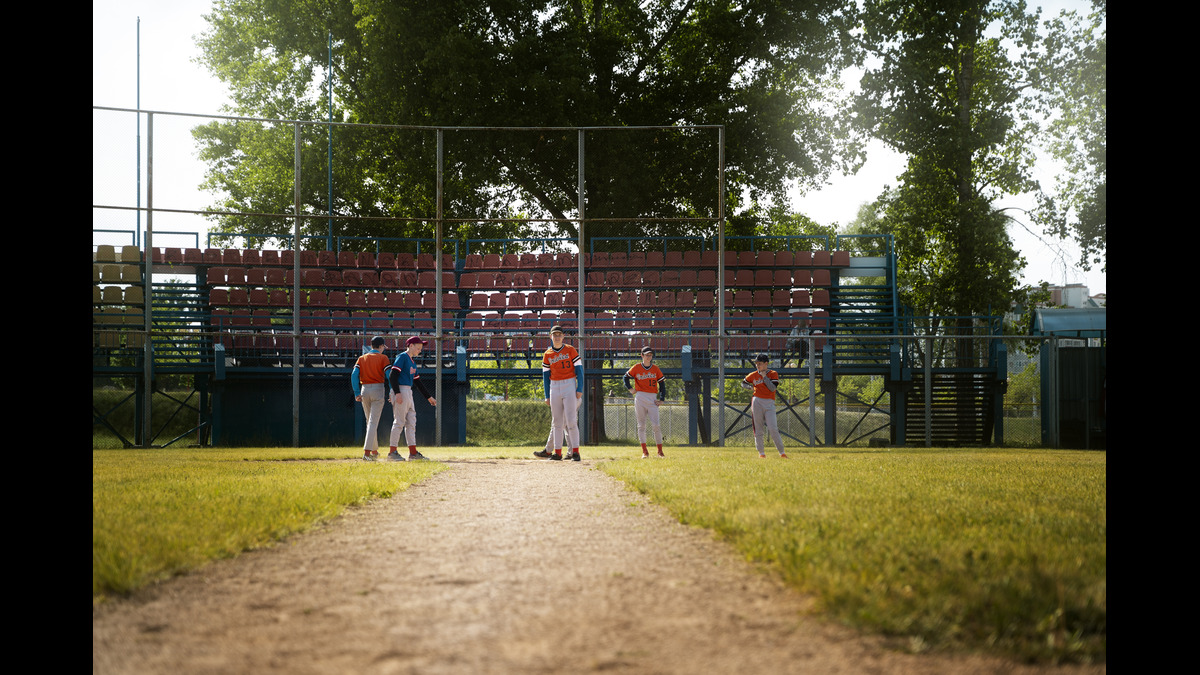When discussing the most popular sport in Spanish-speaking countries, one answer stands out: football (or soccer in some regions). Football is more than just a sport in these nations; it is a deep-rooted cultural phenomenon that unites people, fuels national pride, and shapes identities. From Argentina to Spain, Mexico to Colombia, football dominates conversations, media, and daily life.
Why Is Football So Popular?
Football’s popularity in the Spanish-speaking world can be attributed to several factors:
- Accessibility – Football requires minimal equipment, making it easy for people of all ages and backgrounds to play.
- Historical Influence – Many Spanish-speaking countries have a rich footballing history, with legendary players like Diego Maradona, Lionel Messi, and Pelé (although Brazilian, he influenced Latin America).
- Club and International Success – Iconic clubs like FC Barcelona, Real Madrid, and Boca Juniors, as well as national teams like Argentina and Spain, have achieved global recognition.
- Passionate Fans – The energy of football fans in Spain, Argentina, and Mexico is unmatched, with packed stadiums and emotional celebrations.
- Media Coverage – Football is covered extensively on TV, radio, and social media, keeping the sport in constant public discussion.
Top Spanish-Speaking Football Nations
- Spain: La Liga, home to clubs like Barcelona and Real Madrid, is one of the world’s best leagues.
- Argentina: Known for its fierce club rivalries and producing legendary players.
- Mexico: Liga MX is highly competitive, and the national team consistently performs well in international tournaments.
- Colombia, Uruguay, Chile: These nations have strong club teams and national squads that compete at a high level.
FAQs About Football in the Spanish-Speaking World
1. Is football the official national sport in these countries? While football is the most popular sport, some countries have other official national sports. For example, charrería (a form of rodeo) is Mexico’s national sport, but football is still the most widely followed.
2. How do Spanish-speaking countries perform in the FIFA World Cup? Several Spanish-speaking nations have won the FIFA World Cup: Uruguay (1930, 1950), Argentina (1978, 1986, 2022), and Spain (2010). They regularly compete at the highest levels.
3. Who are some of the greatest football players from Spanish-speaking countries? Some legendary players include Diego Maradona (Argentina), Lionel Messi (Argentina), Alfredo Di Stéfano (Spain/Argentina), Andrés Iniesta (Spain), and Hugo Sánchez (Mexico).
4. What are the biggest football rivalries in the Spanish-speaking world? Some of the fiercest rivalries include:
- El Clásico (Barcelona vs. Real Madrid) – Spain
- Superclásico (Boca Juniors vs. River Plate) – Argentina
- Club América vs. Chivas – Mexico
5. How has football influenced Spanish-speaking cultures? Football plays a crucial role in national identity, social life, and even politics. It fosters unity and rivalry, inspires art and music, and creates memorable moments that define generations.
Conclusion
Football is undeniably the most popular sport in the Spanish-speaking world. It transcends the game itself, becoming a cultural force that connects millions. Whether through historic rivalries, global superstars, or passionate fans, football remains at the heart of Spanish-speaking nations.















